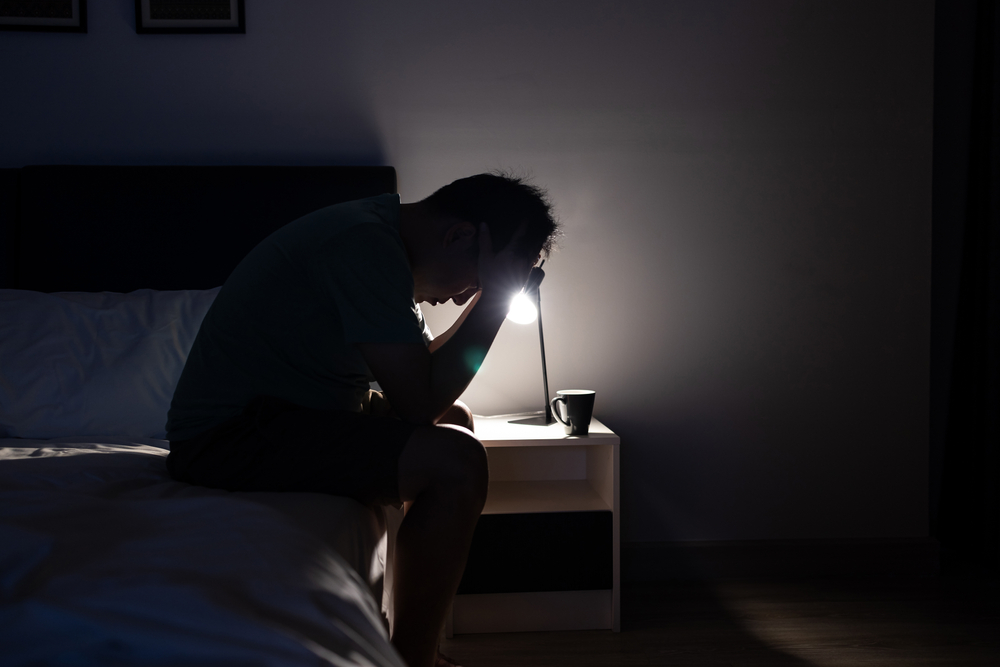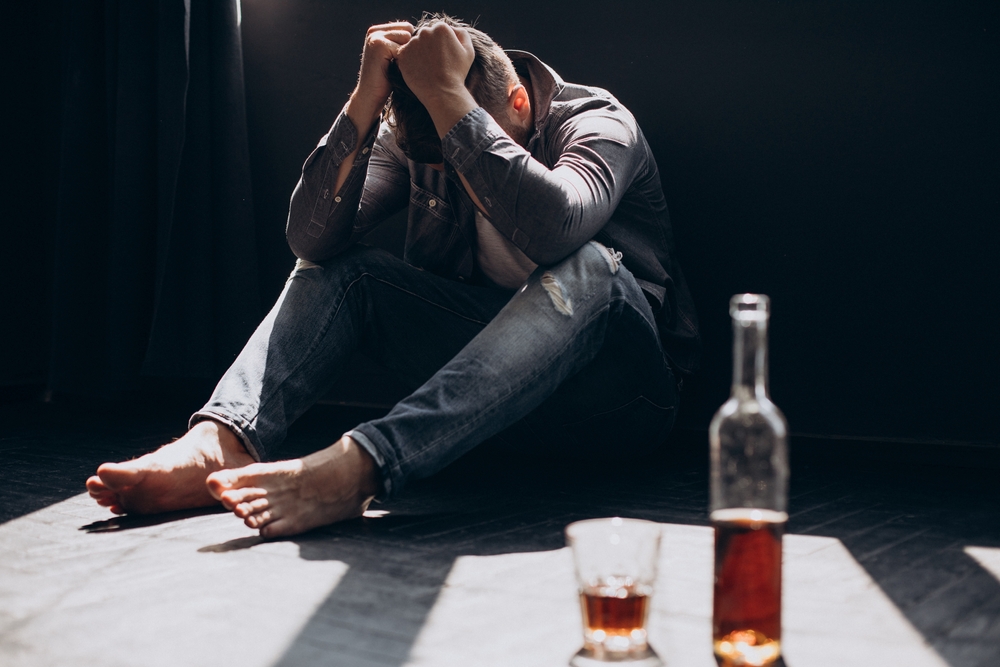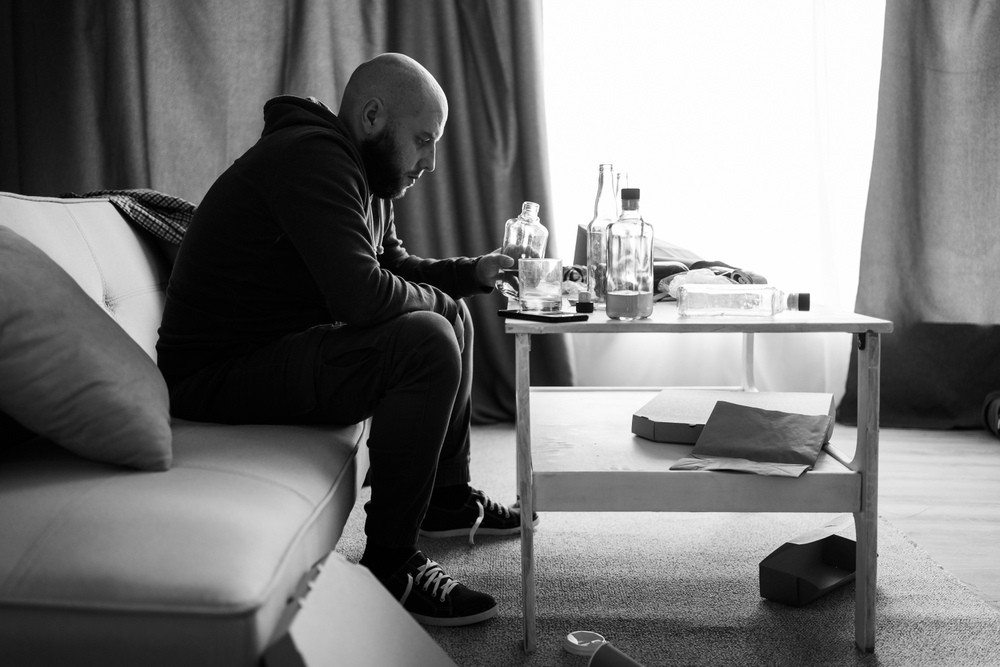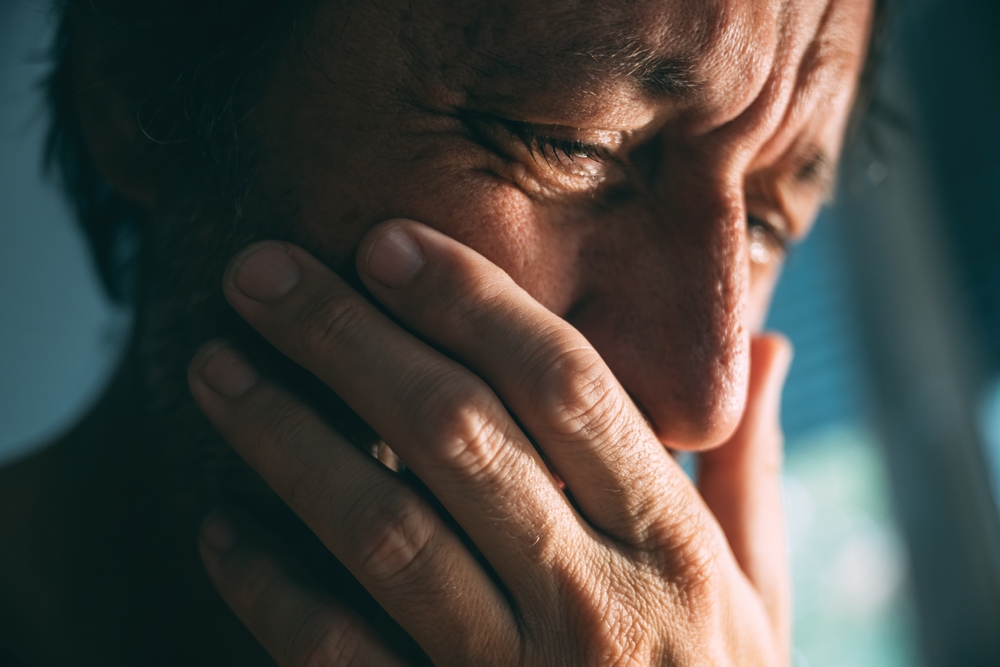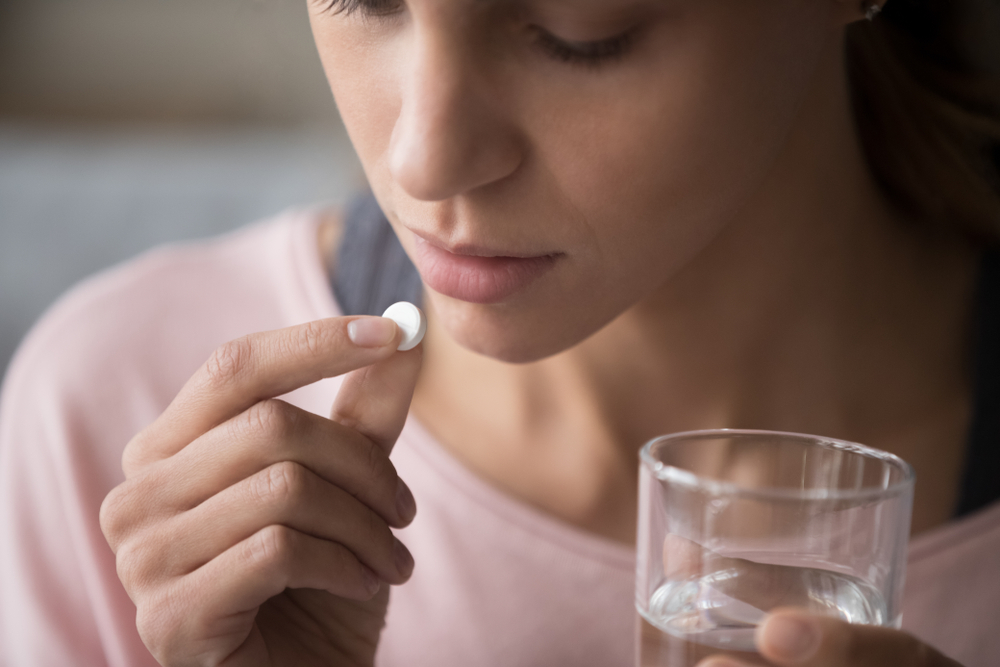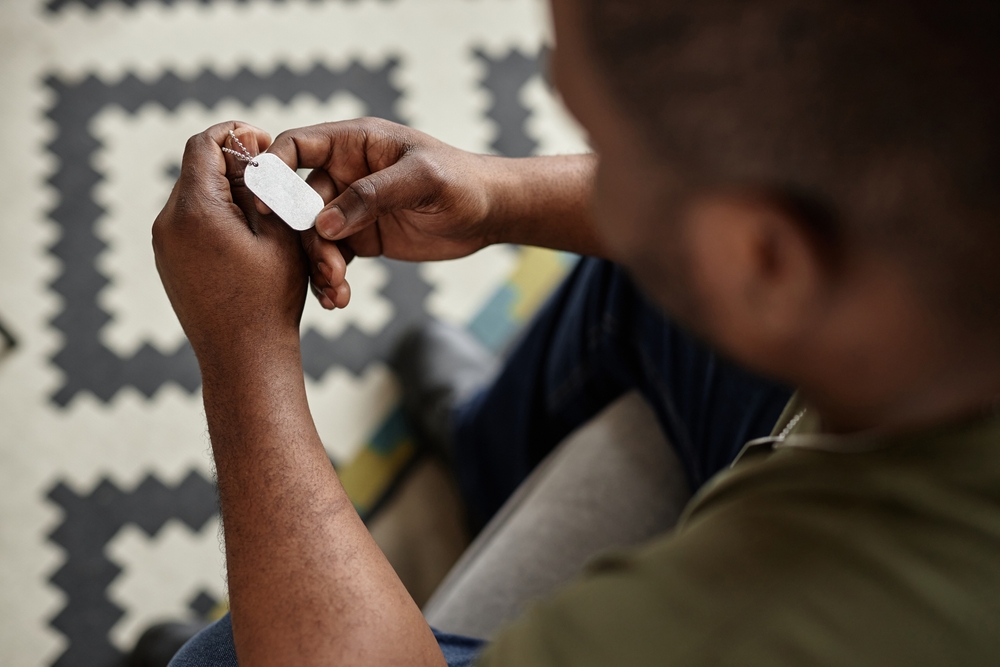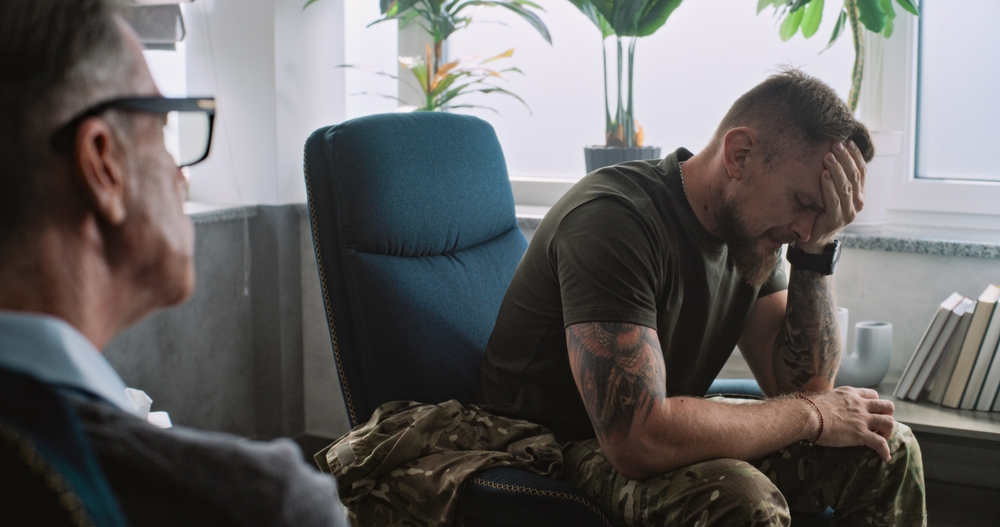How Gratitude Can Strengthen Your Addiction Recovery Journey
Gratitude may not be the first thing on your mind as you work through recovery. Most days, you might focus more on managing cravings, coping with stress, or simply making it through daily life. Yet gratitude can be one of the most powerful tools to help you stay grounded and steady on this journey.
Research shows that practicing gratitude brings measurable benefits. One meta-analysis found that people who practiced gratitude experienced a 7.76% decrease in anxiety and a 6.5% reduction in depressive symptoms. Gratitude has also been linked to better sleep, stronger relationships, and higher resilience.
Why Gratitude Matters in Addiction Recovery
Gratitude might seem like a small thing, but in recovery, it can make a big difference. Here are some ways gratitude can help you in addiction recovery:
Shifts Your Mindset

Recovery often comes with regret, cravings, or negative thoughts. Gratitude gives you a way to shift your mindset and reframe these challenges. Instead of focusing on what you’ve lost, you begin to see opportunities for growth in your daily life. This shift, rooted in positive psychology, helps reduce self-blame and helps you build a more positive outlook on sobriety.
Builds Emotional Resilience
Relapse triggers, stress, and anxiety are common obstacles in recovery. Gratitude keeps you grounded and strengthens your emotional resilience. When you can pause and recognize aspects of life worth appreciating (even something as small as a meal, a safe place to sleep, or the support of a family member), you build emotional strength to face setbacks without returning to harmful habits.
Supports Long-Term Sobriety
Sobriety isn’t just about avoiding alcohol or substances; it’s about creating a healthier, more meaningful life. Gratitude supports this by improving sleep, reducing stress, and helping regulate emotions. These improvements give you the stability you need to maintain recovery and continue personal growth at a higher level.
The Link Between Gratitude and Mental Health
Mental health plays a central role in addiction recovery, and gratitude directly supports it. Scientific studies show that gratitude reshapes the brain, improves mood, and strengthens resilience against the emotional challenges that often fuel relapse. These benefits can be seen most clearly in these key areas.
Reducing Stress and Anxiety
Stress and anxiety are two of the strongest triggers for relapse in addiction recovery. Research in positive psychology shows that gratitude can lower cortisol and activate brain regions linked to emotional regulation. People who consistently practice gratitude report lower stress and anxiety levels, partly because their attention shifts away from negative thoughts and toward more balanced, hopeful perspectives. This shift makes it easier to manage challenges in daily life without turning back to substance abuse.
Combating Depression and Isolation
Depression and loneliness often linger long after alcohol addiction or substance abuse ends. Gratitude helps interrupt these cycles by strengthening social bonds and increasing feelings of connection. Studies suggest that people who regularly express gratitude experience higher levels of serotonin and dopamine, the same “feel-good” brain chemicals that promote motivation and joy.

Physical Health Benefits
Gratitude supports physical well-being, too. Evidence links regular gratitude practices with lower blood pressure, reduced inflammation, and stronger immunity. Better sleep quality is one of the most consistent findings; people who write in a gratitude journal before bed often fall asleep faster and feel more rested. In addiction recovery, these physical improvements are critical because they reinforce emotional stability, reduce cravings, and give you the energy needed to continue your personal growth at a higher level.
Creating a Positive Mindset Together
Practicing gratitude in groups creates a shared positive outlook. When people in recovery celebrate milestones together, it builds motivation and hope. Gratitude becomes a collective force that keeps everyone focused on growth and healing.
How Gratitude Strengthens Connections With Others
Addiction often leaves relationships strained, but gratitude can act as a bridge to repair and deepen those connections. Expressing appreciation to a family member or friend group shows acknowledgment of their support, while also helping rebuild trust over time.
Within support groups, gratitude fosters a higher level of community by creating an atmosphere where encouragement and accountability naturally thrive. When gratitude becomes part of your daily routine, it strengthens social bonds, reduces feelings of isolation, and supports a positive mindset that reinforces long-term addiction recovery.
Simple Ways to Practice Gratitude Every Day
You can start with:
Gratitude Journaling
One of the most effective tools is gratitude journaling. Write down three to five aspects of life you are grateful for each day. They don’t have to be big. Sometimes, it’s the small things that shift your mindset, like a good night’s rest, a call from a loved one, or a warm meal. Over time, these lists create a record of hope and progress in your recovery journey.

Gratitude Meditation
Spending a few minutes daily in gratitude meditation can calm the mind and reduce stress and anxiety. Sit quietly, close your eyes, and reflect on aspects of life you appreciate. This practice relaxes your body and strengthens your ability to focus on the positive, even during difficult moments.
Sharing Appreciation With Others
Gratitude grows stronger when it’s shared. Tell a family member, friend group, or support group what they mean to you. A simple “thank you” or acknowledgment of someone’s support can rebuild trust and strengthen bonds. This also reminds you that recovery is not a journey you take alone.
Incorporating Gratitude Into Your Daily Routine
Weave gratitude into your routine to make it part of your daily life. You could start a gratitude jar, writing down one positive moment each day and revisiting them later. Or you could add a quick reflection to your morning or bedtime routine. These simple habits make gratitude feel natural and help you stay consistent.
How to Overcome Challenges to Practicing Gratitude
Still, one of the hardest parts of gratitude is keeping it alive when life feels heavy.
When Negative Thoughts Take Over
Recovery is not free of struggle. You may feel weighed down by regret, cravings, or negative thoughts. Gratitude does not erase pain, but it gives you balance. When you choose to notice something good, no matter how small, you give yourself the strength to keep moving forward.
Stay Consistent in Daily Life
Like any new habit, gratitude takes effort. You might start a journal or try meditation for a few days, then stop. To stay consistent, keep it simple. Leave a sticky note on your mirror, jot one word in a notebook, or link gratitude to something you already do, such as your morning coffee. Small cues make it easier to keep gratitude part of your daily routine.
See Gratitude as an Opportunity for Growth
Gratitude does not mean ignoring difficulties. It means choosing to see opportunities for growth within them. This shift in perspective helps you face recovery challenges with a stronger mindset. Each time you practice gratitude, you strengthen resilience and move closer to the higher level of personal growth you are working toward.
Your recovery journey is not about perfection; it’s about progress. Each time you practice gratitude, you give yourself hope and resilience. At More Than Rehab, we’re here to walk beside you as you build those daily practices that make sobriety sustainable.
Start small. Notice one thing you are grateful for today. That single shift in perspective can keep you grounded, open the door to growth opportunities, and support a positive outlook for lasting recovery.

